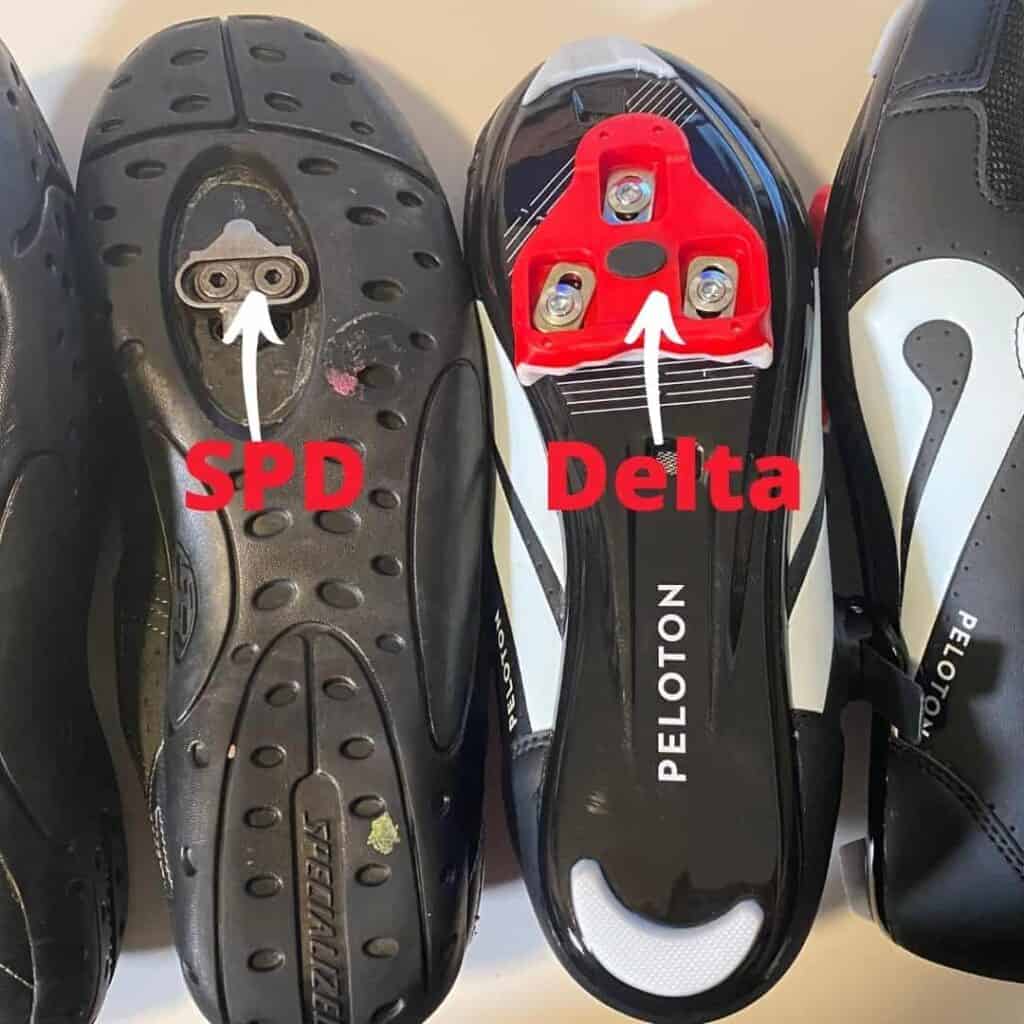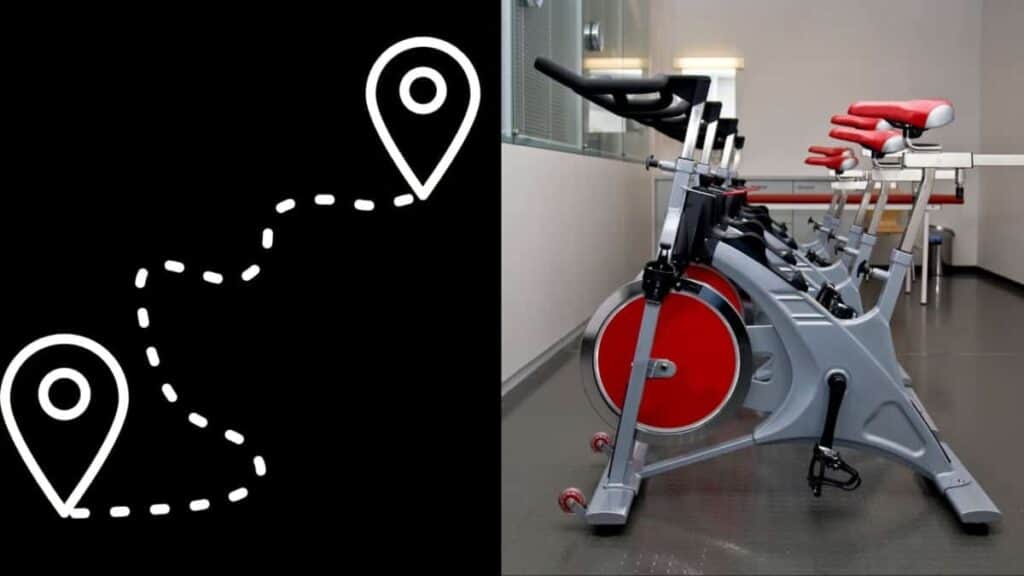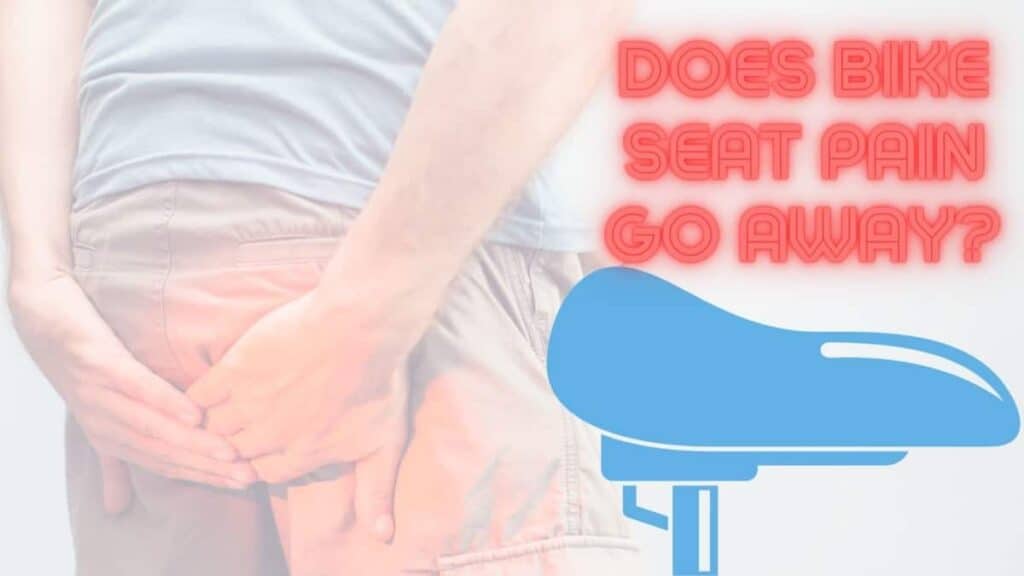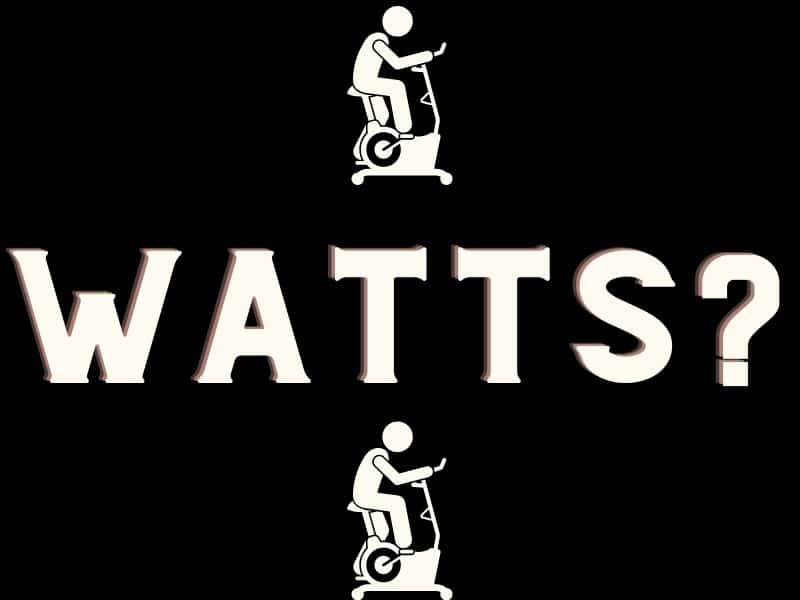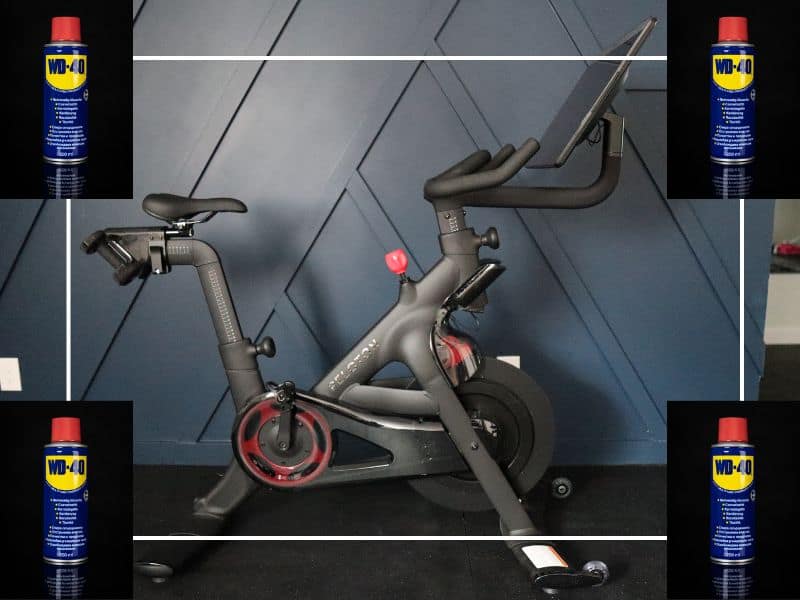So, you’ve taken up cycling and have decided to switch to clipless pedals and attach your feet to your carbon frame of awesomeness, but you can’t decide which clipless system is best. Your dirty mountain bike friends all scream “SPD!” while your lycra-cladded roadie buddies become sickened at the thought of SPD cleats. But which is truly better?
Delta and SPD cleats cater to different needs, with delta cleats preferred by road cyclists and SPD being a mountain bike favorite. Delta cleats are stiffer and better at transferring power. SPD cleats are better for walking without damaging the cleat or falling, and better at ejecting mud.
Determining which is better will depend entirely on your use case. You should carefully look at each cleat’s strengths and weaknesses and match them to your needs, and we are here to help you with that.
Taking A Look At Delta Cleats
Delta cleats, also called “Look-” or “SPD-SL cleats,” are descendants of the first commercial clipless pedals in the early 1980s. On the other hand, SPDs, or “Shimano Pedaling Dynamic” cleats, were initially released in 1990.
Delta Cleats Are Bigger And Lighter Than SPDs
Delta cleats are easily recognizable for being roughly triangular and requiring three bolts to be fitted to the bottom of a shoe instead of two, as in the case of SPDs. They are also considerably larger than SPD cleats. Similarly, delta pedals are generally bigger than regular SPD pedals.
Delta pedals are one-sided, meaning that the cleat can only attach to the pedal on one side. Because weight plays such a significant role in road cycling, having a double-sided pedal will add a few unnecessary grams to the bike’s weight.
However, this single-sided pedal design is notoriously slightly more difficult to get stuck into because it requires the finesse of a ballerina to carefully flip the pedal with your toe and line up the cleat.
Admittedly, much like driving a manual car, you don’t really think about it once you get used to it. And, you’ll probably be thankful for the sacrifice to save the weight.
The cleat is made from high-quality plastic, adding to the weight saved. Depending on the model, the combination of delta cleats and pedals could be more than 100 grams lighter than its SPD cousin.
Delta Cleats Are Stiffer Than SPDs
Because of the large size of the cleat, anchored more widely on the bottom of specially designed shoes, you should experience slightly less flex.
Why should you care? Well, in the world of road biking and even cross-country mountain biking, it is crucial to get as much power from your legs into your drive train without sacrificing any of it to a power-slurping flex.
In other words, flex absorbs and dampens power transfer, much like a mattress. So, using components that minimize flex will help optimize the effort you are putting into your bike.
Now granted, there are some stiff SPD shoes out there, but you will have to deal with the added weight.
It’s worth noting that the larger cleat and pedal are not just good for stiffness and power transfer but are potentially better at maintaining comfort on longer rides. Because the larger contact area spreads your pressure on the pedals, you are less likely to experience a pressure hotspot.
Sure, you can resolve this to an extent by getting larger SPD pedals, but those will come with even more weight.
Here, is the Delta cleats we recommend.

Taking On A Mountain With SPD Cleats
At this point, you may have concluded there is little competition between delta and SPD cleats, but that’s not the case. It is actually quite accurate to say that the weaknesses of one cleat are the strengths of the other.
So, while SPDs are heavy and maybe not as stiff, they are fantastic at jobs that delta cleats can’t do well.
SPD Cleats Are Made For Walking
If the only walking you are planning on doing with your cleats is from your room to your saddle, then this benefit isn’t going to appeal to you. However, if you want to take on the rugged terrain of the mountain bike world, you should be ready to do a fair amount of walking.
Delta cleats, being substantially larger, protrude from the bottom of the sole. This means that when you walk, you are walking directly on the cleat. Furthermore, the cleat is made from plastic, so you will quickly learn that walking with delta cleats is a great way to ruin them.
The smaller profile of the SPD cleat means that most SPD shoes are designed so that the cleat is recessed, and the grip of the sole of the shoe protects it. This recess allows you to walk on the shoe’s sole and not the cleat.
It also means that walking, or even running, is considerably more comfortable in SPD shoes. I have even seen SPD shoes designed like hiking boots, although I can’t personally see their use.
SPD Cleats Can Be Used In Mud
Just as you are more likely to walk during mountain biking, you are also more likely to get caked in mud from head to tire. When you mix rain with tar, you get wet tar. When you mix rain with dirt, you get mud. And mud is my bane of riding.
Getting your delta cleats and pedals covered in mud could very well give you a hard time and even cause increased wear. Not so for SPDs. Not only are the cleats and pedals better at ejecting the mud, but they are also made to function despite being fully engulfed in mud.
My technique involves a few taps of my shoe and on the side of my pedal before cleating. These taps clear some of the mud from the shoe and pedal. Job done.
If the SPD cleat will suit you better, here are the ones we recommend.

Below is an excellent video from the Global Cycling Network on the main differences between delta and SPD cleats.
Which Cleat Is Best For Cross Riding?
I would be sorely short-sighted to mention the growing market of roadies who, at their heart, are mountain bikers or mountain bikers who desire the slick life of roadies. These two groups meet in the middle spectrum of cyclocross and gravel bike touring.
If you are interested in this middle ground spectrum and wondering which cleat to use, I strongly suggest you use SPDs. This is because whenever you introduce dirt in any form to riding, you introduce the weaknesses of the delta cleat and the strengths of the SPD.
So, you may be a lifelong fan of the delta cleat, and that’s perfectly fine, but you are likely to enjoy your gravel ride slightly more if you lean into the SPD cleat’s strengths.
Which Cleat Is Better For Spinning?
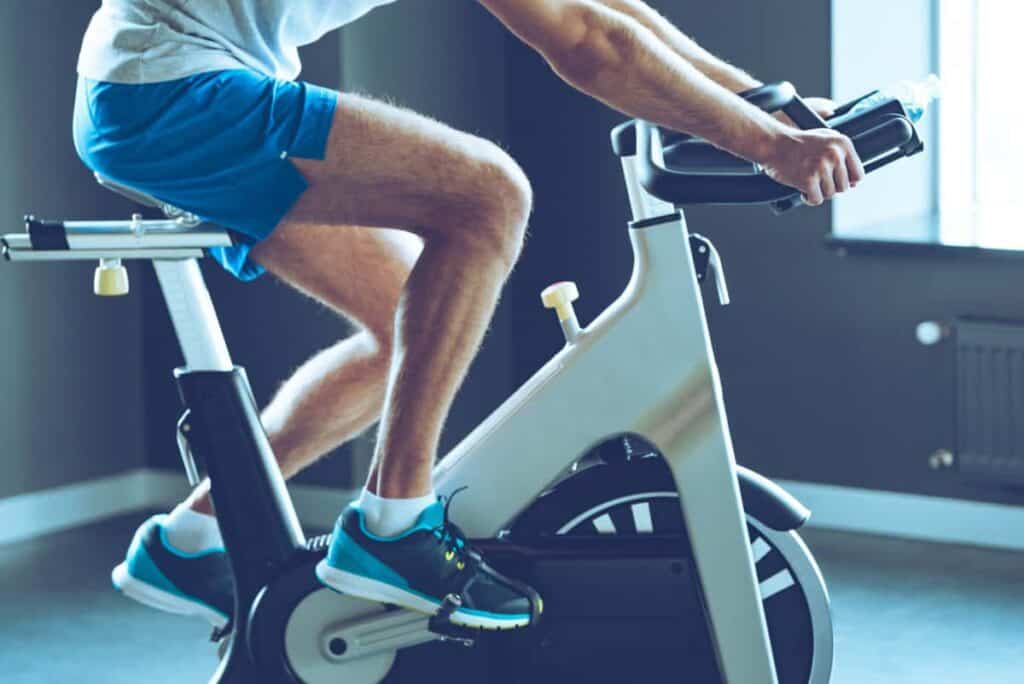
Most gyms in the USA will have their spinning bikes equipped with SPD pedals, meaning that you will need to use SPD cleats. This is likely since SPD shoes are easier to walk around in and limit the chance of the wearer slipping and falling.
If you own a Peloton bike, you may have one that came standard with LOOK delta pedals. If that is the case for your bike, you may want to stick with those as changing them could influence the warranty. Make sure you check the warranty requirements before making any changes to your bike.
My husband and I have spin shoes with both Delta and SPD cleats that we use primarily on the Peloton bike, and we both favor the Delta cleat for the power transfer. The Delta cleats are noticeably better on the Peloton bike. So if you were asking us, we would recommend the Delta cleat if the primary use is on an at-home spin bike.
Conclusion
Delta cleats are the road cyclist’s favorite option. Their larger platform and three-bolt design make them stiffer and more comfortable over longer rides. They are also lighter than SPDs and are generally better at power delivery into the bike’s drive train.
On the other hand, SPD cleats are preferred by mountain bikers and cyclocross riders because they are easy and safer to walk in and are much better at coping with mud and dirt. Unfortunately, walking in delta cleats will adversely impact the lifespan of the cleat.

